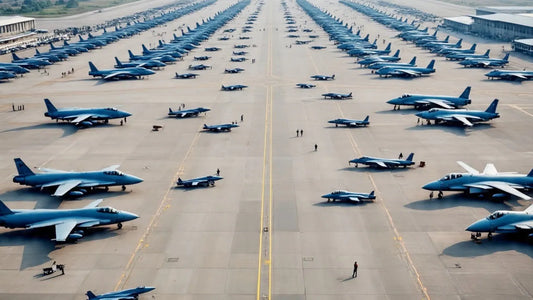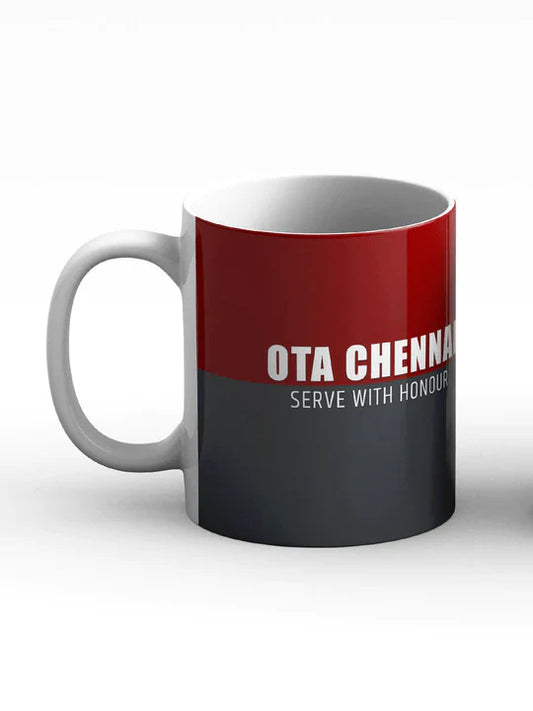Fighter Jet Fuels: Types, Costs, and Future Trends

Fighter jets stand as the pinnacle of aviation technology, necessitating fuels that effectively combine power, safety, and efficiency under extreme conditions. This detailed examination explores the various fuels utilized in fighter jets, their chemical composition, historical development, production processes, pricing trends, environmental effects, and future directions. Drawing on credible sources, this analysis looks at how these fuels energize modern military aviation while considering cost factors as of September 2025 market conditions.
Historical Evolution of Jet Fuels
The history of jet fuels dates back to the mid-20th century with the introduction of turbine engines. Early military jets such as the F-86 Sabre operated on JP-1, a simple kerosene blend, but technological advancements led to more refined versions. By the 1950s, JP-4, a mixture of gasoline and kerosene also known as Jet B, was widely used due to its cold-weather capabilities. However, safety issues caused by its low flash point prompted a transition.
In 1952, the U.S. Navy developed JP-5 for use on aircraft carriers, with a focus on a high flash point (above 60°C) to reduce fire risks. The 1980s saw the advent of JP-8 as a "single fuel" suitable for aircraft, tanks, and vehicles, simplifying battlefield logistics. Today, NATO standardizes F-34 (equivalent to JP-8) and F-44 (JP-5) fuels to ensure uniformity.
Composition and Specifications
Modern fighter jet fuels are derived from kerosene, comprising hydrocarbons with 8-16 carbon atoms per molecule. JP-8 (MIL-PRF-83133) is essentially Jet A-1 with added fuel system icing inhibitors (FSII), corrosion/lubricity enhancers, and static dissipators to enhance storage stability and performance in harsh conditions. JP-5 (MIL-PRF-5624) has a similar base but with a higher flash point (60°C compared to JP-8's 38°C) and a slightly different freezing point (-46°C). In contrast, commercial Jet A-1 (ASTM D1655) lacks mandatory additives, making it less costly but not as suitable for military applications. Certain aircraft like the U-2 spy plane use JP-TS for thermal stability.
| Fuel Type | Base Composition | Key Additives | Freezing Point | Flash Point | Primary Use |
|---|---|---|---|---|---|
| JP-8 (F-34) | Kerosene | FSII, corrosion inhibitor, static dissipator | -47°C | 38°C | Air Force fighters (e.g., F-16, F-22), NATO aircraft |
| JP-5 (F-44) | Kerosene | Similar to JP-8, but optimized for safety | -46°C | 60°C | Navy carrier jets (e.g., F/A-18, F-35C) |
| Jet A-1 | Kerosene | Optional (anti-icing if needed) | -47°C | 38°C | Commercial aviation; base for military variants |
| JP-4 (Jet B) | Gasoline-kerosene mix | Anti-icing | -58°C | -23°C | Phased out; historical use in cold climates |
| F-24 (Jet A with additives) | Kerosene | Similar to JP-8 | -40°C | 38°C | Transitional fuel for some U.S. military ops |
This table illustrates the key differences, highlighting military fuels' emphasis on durability and safety.
Production and Supply Chain
Jet fuels are produced from crude oil through distillation, yielding kerosene cuts which are then treated for purity. Major suppliers like Shell and Repsol add additives specified for military use. The U.S. military procures these fuels through DLA Energy, which sets standard prices based on market predictions. Globally, more than 300 billion liters of jet fuel are produced annually, with the U.S. Gulf Coast being a significant hub.

Pricing Dynamics and Current Costs
Jet fuel prices are closely linked to crude oil, with indices like Platts and Argus monitoring daily prices. As of September 2025, the global average is $89.33 per barrel ($0.56 per liter), reflecting a slight decrease due to reduced demand. On September 12, the U.S. Gulf spot for kerosene-type fuel was priced at $2.059 per gallon ($0.544 per liter). Military fuel prices tend to be higher, with DLA's April 2025 rates listing JP-8 at $3.29 per gallon ($0.869 per liter) and JP-5 at $3.32 ($0.877 per liter) when purchased in bulk. Additional costs are incurred with into-plane delivery, pushing prices to $3.74 per gallon. Factors such as geopolitical tensions and supply chain disruptions can lead to price increases of 10-20%.
| Source | Date | Fuel Type | Price per Gallon (USD) | Price per Liter (USD) | Notes |
|---|---|---|---|---|---|
| IATA Global Average | September 2025 | Jet Fuel (General) | ~$2.13 (derived from $89.33/bbl) | $0.562 | Barrel to liter conversion (1 bbl ≈ 159L) |
| EIA U.S. Gulf Spot | Sep 12, 2025 | Kerosene-Type (Jet A equiv.) | $2.059 | $0.544 | Spot market, FOB |
| DLA Standard | Apr 1, 2025 (effective) | JP-8 | $3.29 | $0.869 | Military bulk; may adjust quarterly |
| DLA Standard | Apr 1, 2025 (effective) | JP-5 | $3.32 | $0.877 | Navy-specific, bulk |
| Argus US Index | Sep 18, 2025 | U.S. Jet Fuel | $2.20 | $0.581 | Average across major cities |
Prices do not include taxes; military rates account for contractual stability against market fluctuations.
Environmental and Health Impacts
Kerosene-based fuels release CO2, NOx, and particulates, contributing to climate change and air quality problems. Exposure to JP-5 and JP-8 fuels has led to health concerns for military personnel, including respiratory and neurological effects. While sustainable aviation fuels (SAF) from biofuels are being developed, their application in fighter jets remains limited due to performance demands.
Future Trends
Although electrification and hydrogen are being explored, kerosene will remain a crucial fuel for fighter jets for the foreseeable future. Should oil prices drop to $59 per barrel by the fourth quarter of 2025 as projected, costs might stabilize. Current discussions focus on reconciling defense requirements with sustainability goals.



















